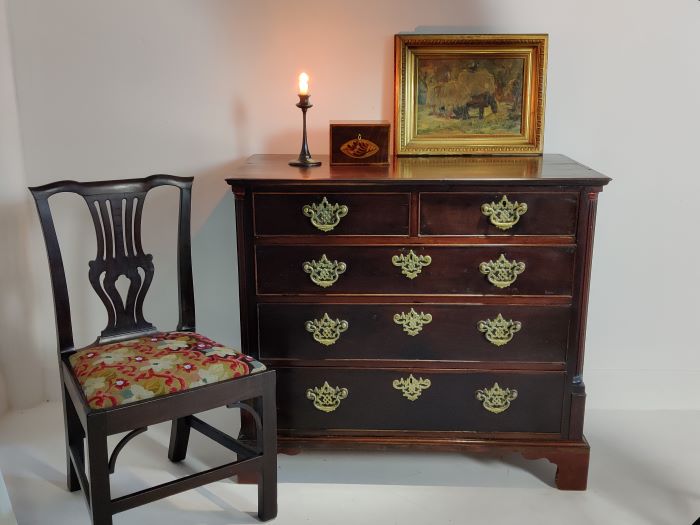
Antiques - Sustainable Solution to purchasing Gifts
Share
Antiques have always held a certain charm and allure, transporting us to a bygone era and connecting us with our history. But did you know that antiques also have a role to play in promoting sustainability? In this blog post, we will explore the fascinating intersection of antiques and sustainability, and how these timeless treasures can contribute to a greener future.
What makes antiques sustainable?
Antiques are the epitome of durability. Unlike modern mass-produced furniture and decor, antiques are built to last. They have already stood the test of time, and with proper care, they can continue to be cherished for generations to come. By investing in antiques, you are reducing the demand for new products and minimizing the environmental impact associated with their production.
Preserving craftsmanship and traditional skills
Antiques are not just objects; they are a testament to the craftsmanship and skills of artisans from the past. Many traditional techniques and skills have been lost in the age of mass production. By collecting and preserving antiques, we are keeping these skills alive and ensuring that future generations can appreciate and learn from them.

Reducing waste through upcycling
Antiques also offer endless opportunities for upcycling and repurposing. Instead of discarding old furniture or decor, consider giving them a new lease on life. With a little creativity, you can transform an antique piece into a functional and unique item that suits your modern lifestyle. By upcycling, you are not only reducing waste but also adding a touch of history and character to your home.
Investing in timeless quality
When you buy an antique, you are investing in quality. Unlike mass-produced items that often have a limited lifespan, antiques are made with attention to detail and superior craftsmanship. They have already proven their durability by surviving through the years. By choosing antiques, you are making a conscious decision to surround yourself with items that are built to last, reducing the need for constant replacements. Why not visit the antiques we have for sale here.
The environmental impact of reproductions
While reproductions may seem like a more affordable alternative to antiques, they often come at a higher environmental cost. The production of reproductions involves the extraction of raw materials, energy consumption, and transportation. In contrast, antiques have already gone through this process, and by choosing them, you are minimizing the demand for new products and the associated environmental impact.
Conclusion
Antiques are not just beautiful and valuable; they also have a significant role to play in promoting sustainability. By investing in antiques, preserving craftsmanship, upcycling, and choosing timeless quality, we can contribute to a greener future. So, the next time you come across an antique piece, remember that you are not just acquiring a piece of history, but also making a sustainable choice.